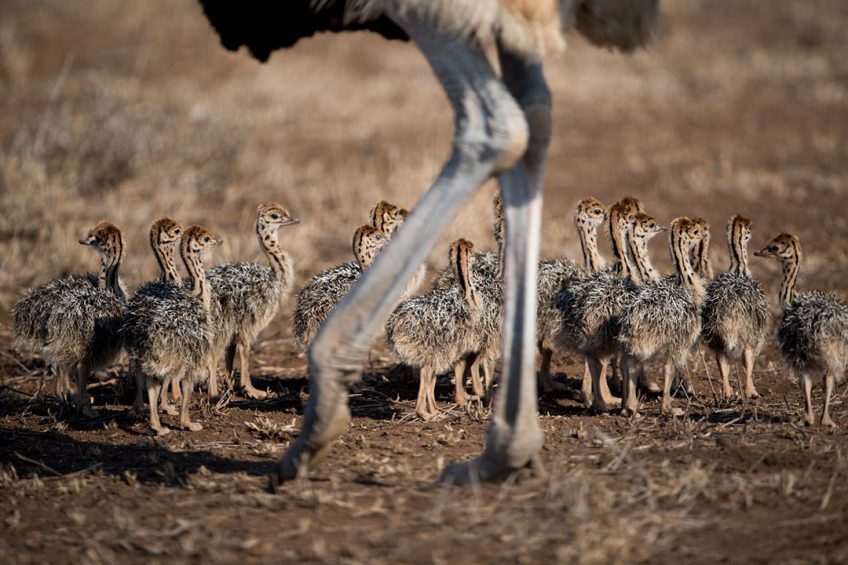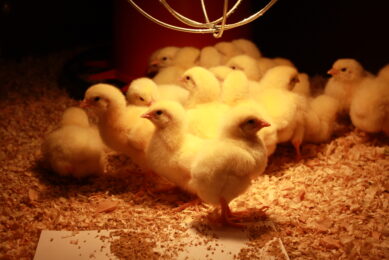Extreme temperatures compromise ostrich fertility

Using 2 decades of data, researchers have shown that the number of eggs female ostriches laid and the number of sperm male ostriches produced were highly sensitive to natural temperature extremes.
Ostriches are well adapted to survive in extreme thermal environments and reproduce throughout the year in tropical and sub-tropical regions. In this study that took place in the Klein Karoo in South Africa and which was recently published in Nature Communications, researchers examined how multiple fertility traits were affected in the birds during the reproductive cycle during temperature fluctuations that ranged from -5°C to 45°C.
Data on the fertility of females and males was obtained and matched with on-site temperature records to investigate:
- How thermal fluctuations shape investment in gametic traits (number of eggs and sperm, egg mass, and sperm viability) and reproductive success (hatching success and offspring numbers).
- Individual variation in the resilience of fertility to temperature change.
- Whether extreme temperatures cause trade-offs in investment across gametic traits.
Ostrich eggs and sperm significantly reduced
The number of eggs females laid and the number of sperm males produced were significantly reduced by both increases and decreases in ambient temperature. The effects of temperature were not immediate but resulted from a critical thermal window 2-4 days before laying. During this critical thermal window, egg laying rate peaked at 20°C, dropping by 15% and 18% when temperatures increased and decreased by 5°C, respectively. Similar reductions were seen in the number of sperm males produced (19% with 5°C increases and decreases from the optimum), but the thermal optimum appeared to be slightly higher than for egg laying, peaking at ~26°C. The researchers noted that it is likely that both 20°C and 26°C are within the thermal neutral zone.
Challenges mount for ostrich farmers in South Africa
Ostrich farmers in the Klein Karoo in South Africa anticipate a challenging production.
Ostrich reproductive success reduced
There were dramatic reductions of 28-44% in reproductive success with 5°C deviations from their thermal optimum. Although increased climatic change has brought into focus the effect of rising temperatures on survival and population persistence, the results of the study show that cooler, as well as hotter, temperatures may pose a challenge for species.
*This study was conducted by a team of researchers, namely Mads F. Schou, Maud Bonato, Anel Engelbrecht, Zanell Brand, Erik I. Svensson, Julian Melgar, Pfunzo T. Muvhali, Schalk W. P. Cloete and Charlie K. Cornwallis from Lund University in Sweden, and the University of Stellenbosch and the Western Cape Department of Agriculture in South Africa.












